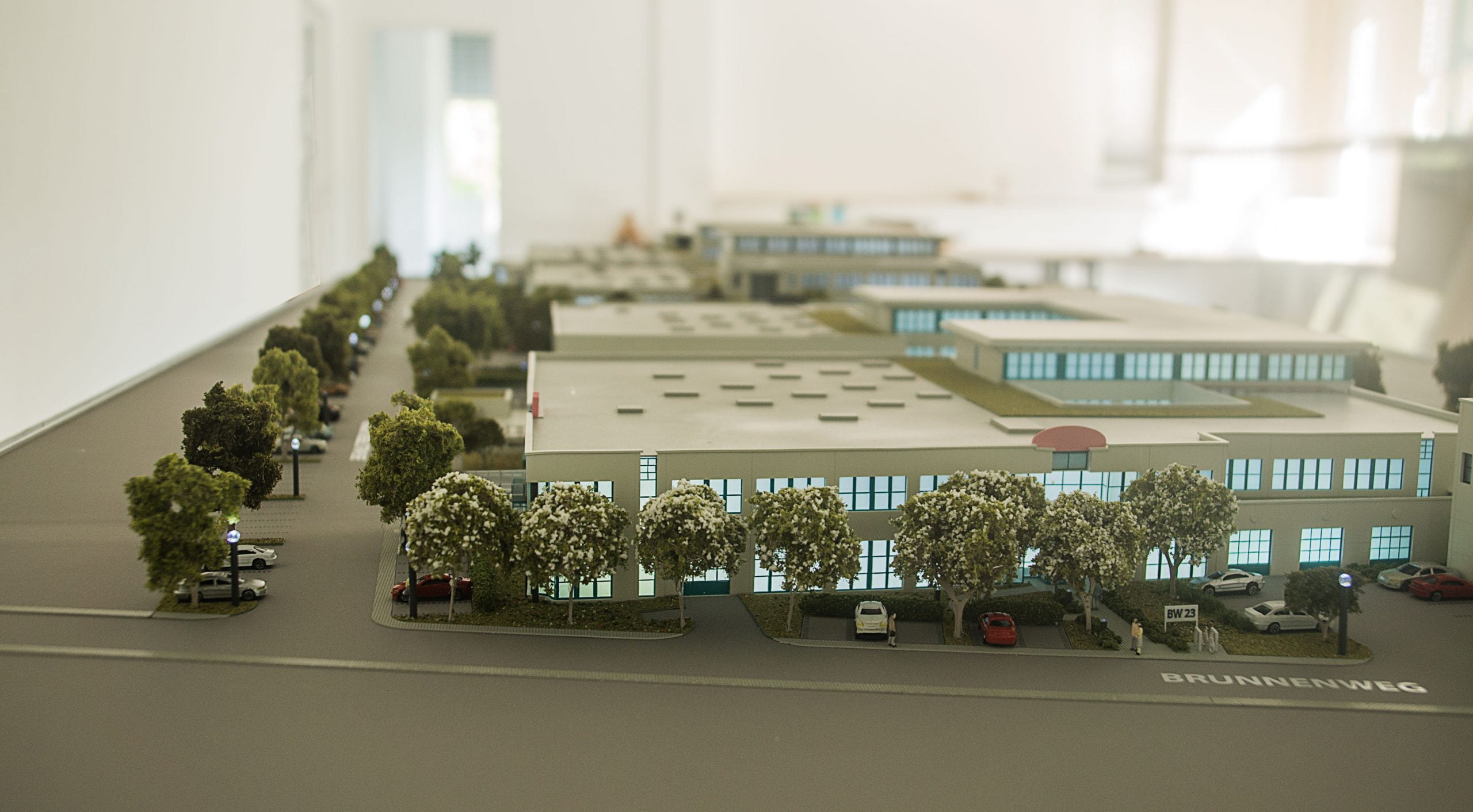Introduction to Real Estate Models
Real estate models are indispensable tools for investors, developers, and financial analysts involved in property transactions. These models provide a structured way to evaluate potential investment opportunities, quantify risk, and project financial returns. By utilizing complex algorithms and inputs based on current market conditions, these models help stakeholders make informed decisions about the viability of real estate projects. In this comprehensive guide, we will delve into the intricacies of creating and utilizing a real estate model, exploring their significance, components, and best practices to ensure robust investment strategies.
What is a Real Estate Model?
A real estate model is a quantitative representation of a property or a portfolio of properties, often used to evaluate investment opportunities or project the financial performance of real estate assets. These models generally encompass multiple elements, including cash flow projections, expense forecasts, financing arrangements, and market assumptions. They can be as simple as a single sheet in an Excel spreadsheet or as complex as a multi-variable simulation that accounts for numerous external factors.
Importance of Real Estate Models in Investment
The significance of real estate models lies in their ability to synthesize extensive data into actionable insights. They enable investors to:
- Make Informed Decisions: By providing a clear picture of potential financial returns, models help investors assess the viability of their projects.
- Mitigate Risks: Real estate is fraught with uncertainties; models allow for scenario testing, which illuminates risks and supports better risk management strategies.
- Attract Funding: Well-structured financial models can help clarify investment opportunities for potential lenders and partners, essential for securing financing.
- Compare Investment Options: Investors can use models to evaluate various properties or funding structures and identify which option is most advantageous.
Types of Real Estate Models Overview
Various types of real estate models serve different purposes; familiarizing yourself with these types can help you choose the right one for your needs:
- Acquisition Models: Focused on evaluating the financial implications of purchasing a property, these models often include calculations related to purchase price, financing methods, and projected returns.
- Development Models: Used to assess new construction projects, these models consider variable costs such as land acquisition, construction expenses, and revenue from lease or sale after project completion.
- Cash Flow Models: These focus on a property’s income stream and related expenses over time, providing insights into the property’s operating performance.
- Pro Forma Models: Offering a forecast of financial performance, pro forma models help in understanding the future financial outlook based on current assets.
Core Elements of Real Estate Financial Models
Key Components of a Real Estate Model
Understanding the key components of a real estate financial model is crucial for building an effective assessment tool:
- Assumptions: These are foundational elements of any model; assumptions include variables like exit cap rates, rental growth rates, and financing costs. Clear documentation of your assumptions is essential for transparency and accuracy.
- Income Projections: Estimates based on market research should reflect realistic rental incomes, occupancy rates, and other income-generating activities related to the property.
- Expenses: A detailed list of operational costs, including maintenance, taxes, insurance, and management fees, is crucial for determining net cash flow.
- Financing Structure: Understanding how a property will be financed, whether through equity, debt, or other methods, is vital for modeling costs and returns accurately.
Variable Assumptions and Projections
Variable assumptions play a vital role in real estate modeling. It’s essential to create realistic projections for key metrics such as:
- Occupancy Rates: Analyzing market dynamics can help in forecasting expected occupancy rates over time.
- Rental Growth Rates: These rates can be influenced by a variety of factors, including local market conditions, economic trends, and property location.
- Inflation Rates: Planning for inflation impacts all financial aspects, particularly when considering long-term leases and expenses.
Cash Flow Analysis Techniques
Cash flow analysis is a cornerstone of real estate modeling. By understanding and projecting the cash flow generated by an asset, investors can gauge profitability. Common techniques include:
- Net Operating Income (NOI): Calculating NOI is fundamental for assessing property performance and is derived from revenues minus operating expenses.
- Cash Flow from Operations: This captures income minus expenses and allows investors to evaluate how much cash is available for debt service and distributions.
- Terminal Value: Calculating terminal value helps assess the total expected cash flow at the end of the investment horizon, factoring in potential future market conditions.
Building Your First Real Estate Model
Step-by-Step Creation Process
Creating a real estate model might seem daunting at first, but breaking it down into logical steps simplifies the process:
- Define Project Scope: Establish what type of analysis you need. Are you evaluating a new acquisition or analyzing an existing portfolio?
- Gather Data: Collect all necessary information about the property, market conditions, and financing options.
- Set Up Your Spreadsheet: Organize your model components into a spreadsheet with clear labels for all inputs, calculations, and outputs.
- Input Assumptions: Begin feeding your assumptions into the model, ensuring they are well-documented for clarity.
- Calculate Financial Metrics: Use formulas to derive important metrics such as NOI, cash flow, and IRR (Internal Rate of Return).
- Sensitivity Analysis: Run different scenarios to see how varying inputs affect your results, which is key for understanding risk.
Common Mistakes to Avoid
When creating real estate models, practitioners often face common pitfalls that can compromise the accuracy and effectiveness of the model:
- Over-optimistic Assumptions: Making overly favorable assumptions can lead to distorted expectations; always use realistic data.
- Lack of Documentation: Failing to document assumptions and calculation methods can confuse future users of the model.
- Neglecting Cash Flow Variability: Real estate markets are dynamic; always incorporate multiple scenarios to address volatility.
Tools and Software for Modeling
The right tools can make a significant difference in the efficiency of the modeling process. Popular software and tools include:
- Excel: A primary choice for many professionals, Excel provides flexibility and ease-of-use for custom modeling solutions.
- Argus: Tailored for real estate, Argus is a robust platform for commercial real estate modeling.
- RealPage: Offers suite solutions specifically designed for property management and investment analysis.
Advanced Techniques in Real Estate Modeling
Scenario Analysis and Sensitivity Testing
Advanced modeling techniques, such as scenario analysis and sensitivity testing, enhance the depth of financial evaluations. These techniques allow you to:
- Explore Outcomes: By changing key variables, investors can observe how sensitive their returns are to fluctuations in occupancy rates, rental income, or market prices.
- Identify Break-Even Points: Understanding at what point your investment becomes profitable under different circumstances is critical for making informed decisions.
- Allocate Resources Effectively: Insights from scenario modeling can help prioritize investments based on risk versus return analysis.
Integrating Market Trends into Models
Incorporating market trends into your models requires constant updates and awareness of economic indicators. Key trends to consider include:
- Demographics: Changes in population, income levels, and employment rates can significantly influence real estate demand.
- Economic Indicators: Monitoring the broader economy, interest rates, and real estate market trends can provide context for your model assumptions.
Benchmarking Against Competitors
Performing competitive analysis is essential for ensuring your model remains relevant. By benchmarking against similar properties or market averages:
- Identify Opportunities: Spot areas of improvement or unique value propositions that may help differentiate your investment.
- Assess Risks: Understanding how your property stacks up against competitors can provide insights into potential risks associated with different market conditions.
Performance Metrics for Real Estate Models
Evaluating Model Effectiveness
To determine the effectiveness of your real estate model, certain performance metrics are key:
- Return on Investment (ROI): Evaluates the efficiency of an investment to determine if resources have been used productively.
- Internal Rate of Return (IRR): The IRR represents the profitability of potential investment compared to other alternative financing options.
- Debt Service Coverage Ratio (DSCR): This indicates the property’s ability to manage its debt obligations and is critical for lenders assessing risk.
Key Performance Indicators to Monitor
Investors must consistently monitor a variety of KPIs to ensure their real estate model remains aligned with expectations:
- Operating Expenses Ratio: A measure of how efficiently a property operates relative to its income.
- Occupancy Rate: This metric reflects the proportion of let versus available units in a rental property, which directly influences cash flows.
Case Studies Demonstrating Success
Examining successful case studies can provide tangible insights into effective real estate modeling. For instance:
- Case Study A: A residential development project utilized dynamic cash flow analysis to optimize financing structure, resulting in a 20% higher ROI compared to earlier expectations.
- Case Study B: A commercial property leveraged scenario analysis, allowing investors to pivot during economic downturns and retain profitability through tailored leasing strategies.
As we have explored throughout this article, real estate modeling is critical for making informed investment decisions. Whether you’re embarking on your first modeling project or looking to refine your existing processes, integrating best practices and advanced techniques can significantly enhance your analysis. By continually adjusting your models to incorporate new data, market conditions, and unique project characteristics, you can maximize your potential for success in the competitive world of real estate investment.



